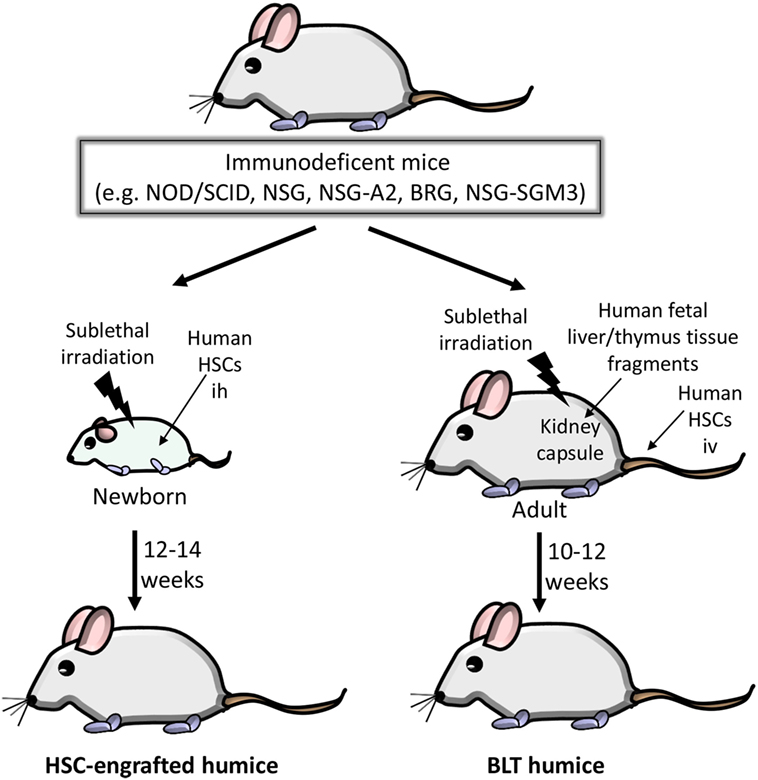
The Thrombosomes® were infused 9 days after platelet collection. The cold-stored platelets and cryopreserved platelets were infused 8 days after collection. The apheresis platelets were infused on day 3 -48 hours post-collection. The study infusion dates were staggered to accommodate the manufacture of each product. Each point is the average value for that time point and error bars are standard deviation. Percent recovery is calculated as the measured flow cytometry count divided by the theoretical count given the known platelet product concentrations, infusion volume, and mouse blood volume. Percent recovery for fluorescent platelets in blood samples collected from mice infused with each platelet product. These differences in circulation persistence are seemingly correlated to platelet activation and cell damage induced by the different platelet treatment conditions. It demonstrated that LHP are cleared more rapidly than liquid stored platelets and that CSP and CPP are intermediate in clearance. These differences in platelet recovery persisted throughout the other timepoints.Ĭonclusion(s): The NOD-SCID mouse model of platelet circulation persistence successfully differentiated between four platelet products. Results: Apheresis platelets had the highest initial recovery (2 minutes post infusion) at 69%, followed by CSP at 38%, CPP at 21%, and finally LHP at 9% (Figure 1). Labeled platelet counts were measured by flow cytometry. Apheresis platelets were infused 48 hours post-collection, CSP and CPP were infused 8 days after collection, and LHP were infused 9 days after platelet collection. The non-obese diabetic (NOD) mouse carrying the Prkdc scid mutation (NOD scid mouse) is an established xenograft model for humanization, oncology, and immunology research. The study infusion dates were staggered to accommodate processing of each product. The SHrN scid hairless NOD mouse was developed to provide a hairless triple-immunodeficient mouse model to the research community. NOD-SCID mice (n=6 per group) were infused by tail vein injection and whole blood samples were taken by submandibular venipuncture. Labeled platelets were used as a test article or further processed into CSP (stored at 4☌ unagitated), CPP (stored at -80☌), or LHP (stored at room temperature). Methods: Human apheresis platelets were incubated with 50µM CFDA-SE at room temperature for 60 minutes. Herein, we use carboxyfluorescein diacetate succinimidyl ester (CFDA-SE) to fluorescently label apheresis platelets, cold-stored platelets (CSP), 6% Dimethylsulfoxide cryopreserved platelets (CPP), and Thrombosomes®, a human platelet derived lyophilized hemostatic (LHP), to measure their circulation persistence in NOD–SCID mice.Īims: Assess the circulation persistence of apheresis platelets, cold-stored platelets, cryopreserved platelets, and Thrombosomes®.

The Nonobese diabetic/severe combined immunodeficiency (NOD-SCID) mouse is an ideal animal model given its compatibility with xeno-transfusion. Theme: Platelets and Megakaryocytes » Platelet Function and Interactionsīackground: Measuring survival of human platelets following their circulation in the blood allows for investigations of function, clearance, and the impact of their treatment prior to infusion.


 0 kommentar(er)
0 kommentar(er)
